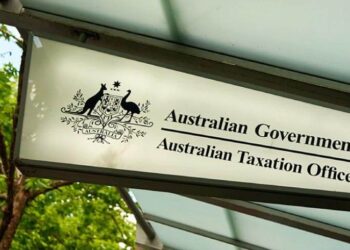Scott Quinn, senior technical manager for MLC, said in a recent webinar that when using the capital gains tax cap concessions, it’s important to consider each client individually, as the eligibility requirements differ for each one.
“[Let’s focus on] the general 50 per cent discount where an individual owns an asset for at least 12 months, sells that CGT asset and must apply the 50 per cent reduction to reduce the value of that assessable capital gain,” he said.
“There are three measures that are part of the small business concessions, which are tax measures for small businesses so that when they sell an active asset, or an asset used in the business, they can get tax concessions and don’t have this huge, big tax imposition.”
When an SMSF uses the small business concessions, it can also enable them to get more money into superannuation through CGT cap contributions, which is in addition to the normal non-concessional contributions, Quinn said.
“Under the small business concessions, there is the 15-year exemption. This applies if a fund has held the asset for at least 15 years, which was an active asset for at least half that period. The client has to be at least 55 years of age and the sale has to be in connection with retirement.”
“The beauty of the 15-year exemption is you can disregard the entire capital gain, but there is a lifetime cap, which is quite high. However, when you’re talking about getting the money into superannuation, you can get the sale proceeds in under the CGT cap contributions, and they form part of the tax-free component, similar to a non-concessional contribution.”
If a fund is not eligible for the 15-year exemption, two other measures can be used, he said, including the second 50 per cent active asset reduction under the small business concessions.
“That doesn’t mean you go from $1 million down to $500,000, down to zero. If you applied both of those 50 per cent concessions you’ve got $1 million down to $500,000 down to $250,000, so it’s a 50 per cent reduction on that reduced gain,” Quinn said.
He added that this measure is classed under retirement exemption, but ironically does not have to be in connection with retirement.
“The member can be under 55, but again, most of the time when dealing with this, the member is over 55 because that seems to be where people really want to operate with these [exemptions]. There is a requirement for it to go into super if you’re under 55 and that becomes a bit of a disincentive for people to use it.”
“With the retirement exemption itself, you have to consider that it has the lifetime cap that applies, but it also has its own internal cap of $500,000, so there are two overlaying caps. Again, this works quite differently to the 15-year exemption where the member can get the sale proceeds into superannuation. With the retirement exemption, it’s about how much gain they disregarded using the retirement exemption, and you can get that disregarded gain into superannuation under the CGT cap contributions.”


